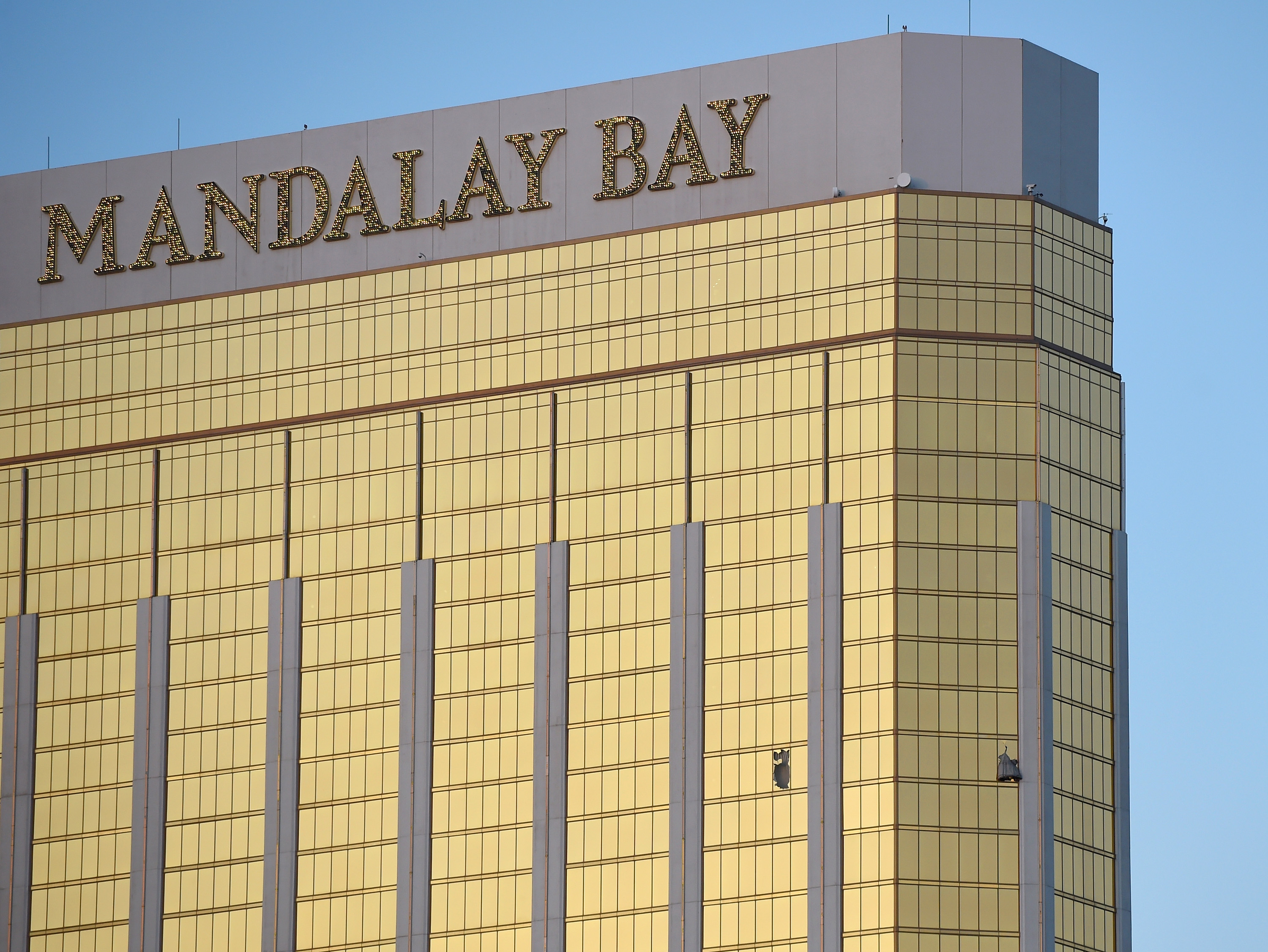
The Owner of Mandalay Bay Lost Almost a Billion Dollars in Value After the Las Vegas Shooting
After police say 64-year-old Stephen Paddock killed at least 59 people and wounded more than 489 in the mass shooting at the Route 91 Harvest Festival at the Mandalay Bay in Las Vegas, the casino giant behind the hotel shed about $909 million from its market capitalization on Monday.
Shares of MGM Resorts International mgm fell nearly 5% in trading Monday, with the casino company’s market capitalization dropping to $17.8 billion after police said Paddock had opened fire at concertgoers from the 32nd floor of the nearby Mandalay Bay Resort and Casino.
It led the sell-off of casino management companies with heavy presences on the Las Vegas Strip, with shares of Wynn Resorts wynn , Red Rock Resorts, Caesars Entertainment czr , and Boyd Gaming byd all falling following the news.
In total, the five casino and hotel companies shed a total of $1.8 billion from their market capitalizations by midday Monday as the Las Vegas shooting fanned worries about tourists returning to the strip following the tragedy.

Meanwhile, gun stocks rose.
While the overall stock market as measured by the S&P 500 rose about 0.15% in trading Monday morning, shares of Wynn shed nearly 2%, Red Rock fell nearly 2%, Caesars Entertainment fell about 0.4% while Boyd Gaming Corp shed 0.7%.
“Our thoughts & prayers are the victims of last night’s tragic events. We’re grateful for the immediate actions of our first responders,” MGM Resorts said in a statement Monday.
For MGM, Las Vegas resorts accounted for roughly 57% of its total operating income in 2016, or about $1.2 billion.
Still, MGM’s losses were relatively contained. After all, its stock hasn’t jumped 19% over the past year solely due to its performance in Las Vegas. While Las Vegas has accounted for the bulk of MGM’s revenues, MGM has been diversifying since its near-bankruptcy experience following the financial crisis. Now, investors are largely looking toward the casino management firm’s expansion on the U.S. East coast and Asia for future growth.










